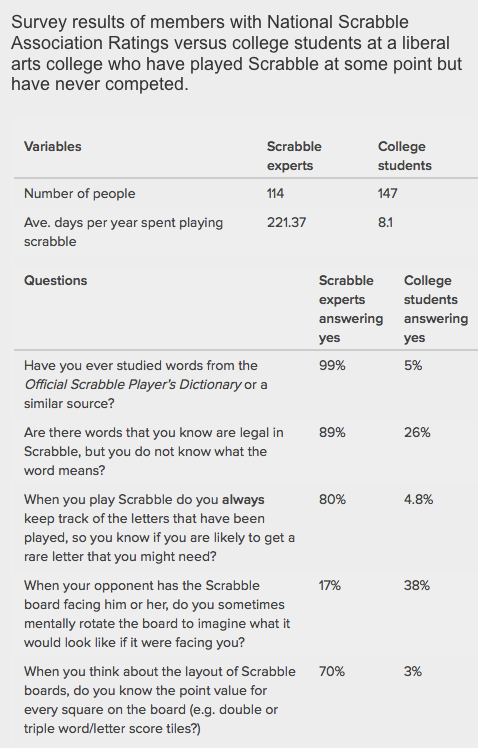Questions 1-11 are based on the following
passage.
This passage is excerpted from Hiroshi Nittono, Michiko Fukushima, Akihiro Yano, and Hiroki Moriya, “The Power of Kawaii: Viewing Cute Images Promotes a Careful Behavior and Narrows Attentional Focus,” ©2012 by Hiroshi Nittono, et al.
Cute things are popular worldwide. In particular, Japan’s
culture accepts and appreciates childishness at the social
level. Various kinds of anime and character goods, such as
Pokémon and Hello Kitty, which are often described as
5 kawaii, are produced and exported to many countries. This
phenomenon attracts considerable attention from various
fields, including aesthetics and engineering. Kawaii is an
attributive adjective in modern Japanese and is often
translated into English as “cute.” However, this word was
10 originally an affective adjective derived from an ancient
word, kawa-hayu-shi, which literally means face (kawa)-
flushing (hayu-shi). The original meaning of “ashamed, can’t
bear to see, feel pity” was changed to “can’t leave someone
alone, care for.” In the present paper, we call this affective
15 feeling, typically elicited by babies, infants, and young
animals, cute.
Cute objects are assumed to be characterized by baby
schema. This is a set of features that are commonly seen in
young animals: a large head relative to the body size, a high
20 and protruding forehead, large eyes, and so forth. Lorenz
assumed that responses to baby schema are innate processes
and are triggered by elemental features of the stimuli. In
humans, the stimuli are deemed cute, capture attention, bring
a smile to the viewer’s face, and induce motivation and
25 behavior for approach and caregiving. Baby schema
modulates perception and attention at early stages of visual
processing and activates the reward system of the brain.
From an ethological perspective, it is understandable that
cute things are treated favorably. However, little is known
30 about whether encountering a cute object influences the
subsequent behavior of the beholder. Because cute things
produce positive feelings, their influence may extend to other
aspects of behavior.
Sherman, Haidt, and Coan reported two experiments
35 showing that performance in a fine motor dexterity task (the
children’s game Operation) improved after participants
viewed a slide show of cute images (e.g., puppies and
kittens) more than after they viewed images that were not as
cute (e.g., dogs and cats). The performance measure was the
40 number of plastic body parts that participants removed
successfully from the body of the patient depicted on the
game board using tweezers without touching the edges of the
compartments. The improvement in the accuracy of this task
can be interpreted as an index of increased attention to and
45 control of motor actions. Sherman et al. explained this effect
in terms of the embodied cognition perspective. That is, the
tenderness elicited by cute images is more than just a positive
affective feeling state. It can make people more physically
tender in their motor behavior. Although the results are
50 intriguing, the mechanism of performance improvement
remains unclear for two reasons. First, the time to complete
the task was not measured. Better performance could be
achieved either through slow and deliberate actions or
through quick and accurate actions. Measuring the
55 performance speed would help to explain the underlying
mechanism. Second, only one type of task was used. If
viewing baby animals induced a behavioral tendency toward
protection and caregiving, performance improvement could
be specific to a care-related task. The operation task used by
60 Sherman et al. suggests caregiving because the player is
expected to act as a doctor who helps the patient depicted on
the game board with removing foreign objects from the
patient’s body. Using different types of tasks would elucidate
the cause of performance improvement.
65 Recently, Sherman and Haidt challenged the classic view
that cuteness is an innate releaser of parental instincts and
caregiving responses. Instead, they proposed that perceiving
cuteness motivates social engagement and primes affiliative,
friendly tendencies. This attitudinal change is assumed to be
70 linked with cognitive processes related to mentalizing (i.e.,
attributing mental states to agents) and sometimes indirectly
leads to increased cares. If cuteness-induced behavioral
carefulness is caused by a heightened motivation for social
interaction, the effect would not be found in simple
75 perceptual–cognitive tasks that do not suggest social
interaction.